I spent some time on Easter Sunday wandering the Confederate cemetery that is situated on the campus of the University of Tennessee in Chattanooga. I wandered alone, as there was no one else in the cemetery… well, no one else living, anyway. Majestic trees — oaks mostly, mixed with sweetgums, redbuds, magnolias, hemlocks, and a tulip poplar tree with a trunk probably two feet in diameter— towered over me in a fairytale, storybook symmetry. They created a vast canopy of speckled shade to walk into and out of, and provided relief from the 86-degree afternoon sunshine.
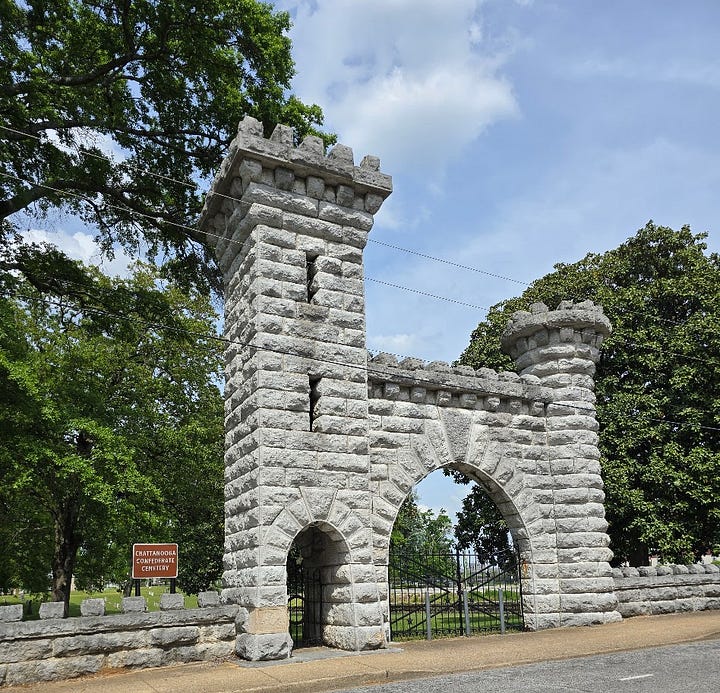
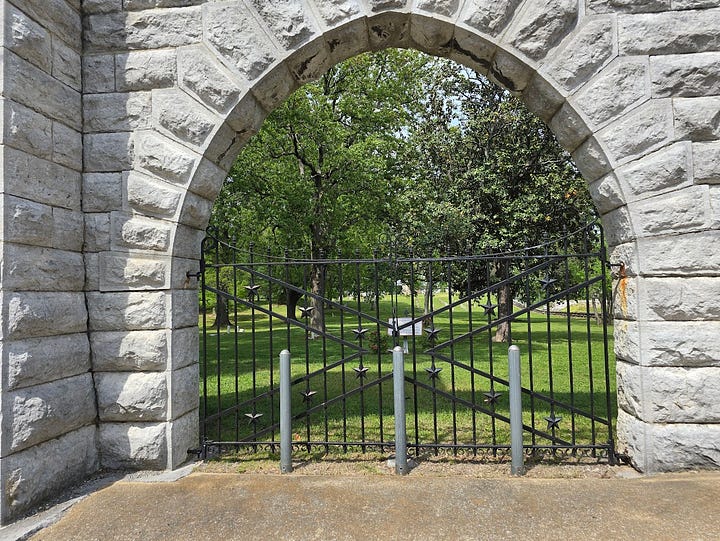
“I knew it,” I whispered, bringing my research to mind as I came upon the informational sign about the cemetery’s origins. The United Daughters of the Confederacy were right there/here, along with the Sons of Confederate Veterans, in 1913 when this plaque was dedicated after a flood in 1867 resulted in the 1901 relocation to higher ground of the original graves that had been too close to the Tennessee River. (What a sentence!) “In these sacred grounds the sons of eleven southern states are buried.”
Sacred grounds. Southern sons. Mothers’ sons, 260,000 of them in the Civil War. More or less, I mean, who really knows? This is an estimate from the National Parks Service:
That’s a lot of dead Americans, mostly men, mostly white men, fighting to… what? To preserve democracy? To preserve slavery? To promote a more perfect union? To secede and form a different union? Here is the Preamble to the US Constitution:
We the people of the United States, in order to form a more perfect union, establish justice, insure domestic tranquility, provide for the common defence, promote the general welfare, and secure the blessings of liberty to ourselves and our posterity, do ordain and establish this constitution for the United States of America.
The Civil War decimated families and systems and traditions in both the South and the North. Statistically in the South, the numbers of dead were exponentially higher when compared to total population numbers across the North and South so that there were few families that were not touched by death, dismemberment, and mental incapacitation for the Southern survivors. The lack of federal funding and support for recovery after the Civil War meant the economic collapse of the South, a collapse the South has never fully recovered from, partly because of her own choices — slavery, Jim Crow, the Lost Cause among them.
And it’s not just the South that suffered, is suffering. It is America. We are one nation. When one is hurting, all are hurting. When one is lost, all are lost. This is one reason stories are important, as they have the power to lift us up, and to show us our humanity, if we let them, if we tell them, if we listen to them.
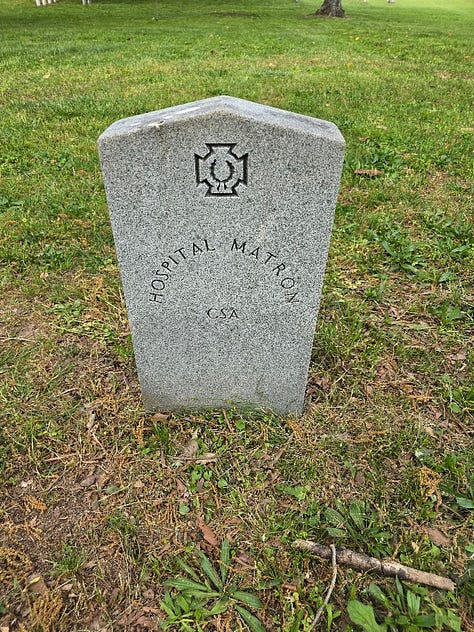
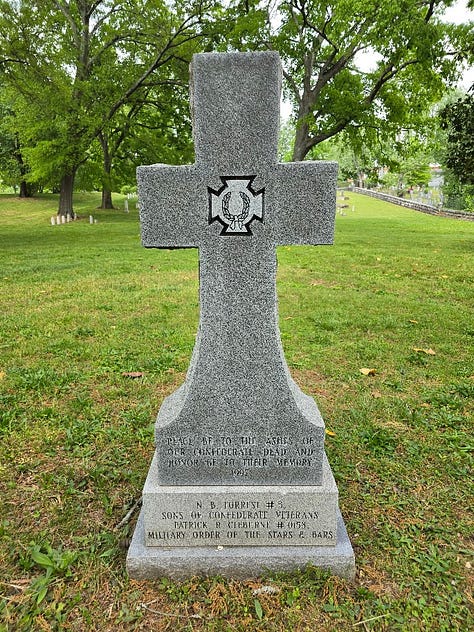
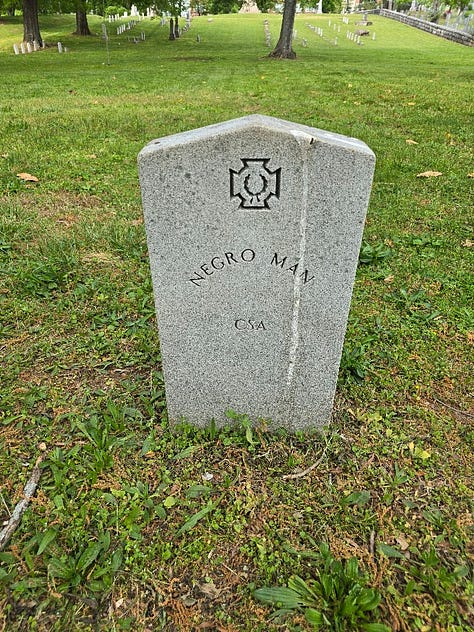
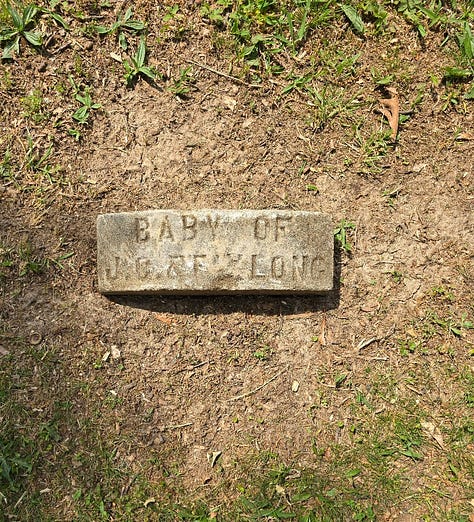
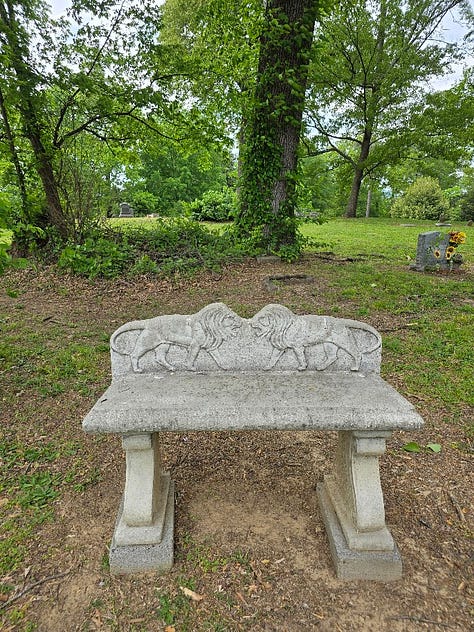
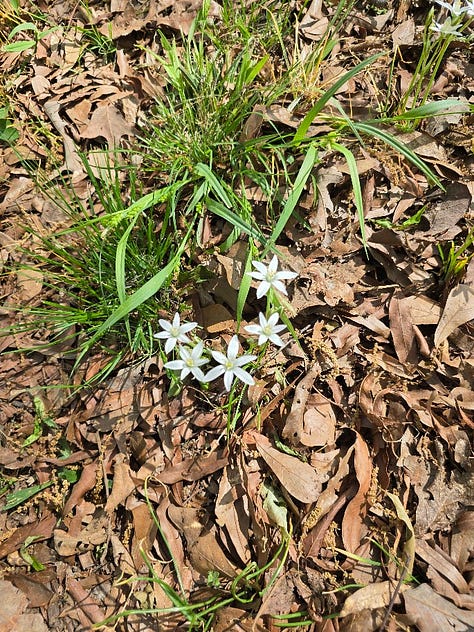
The City of Chattanooga distanced itself — actually, detached itself — from any funding or maintenance for this cemetery after the 2017 Unite the Right rally in Charlottesville, Virginia, when cries for defunding and removal of Confederate statuary became louder and more pronounced in the US. (The 8-sec video below is of the Stars & Bars, the original battle flag of the Confederacy, fluttering over several Confederate graves in the cemetery on Sunday.)
It is very hard to imagine this quiet place as a battleground this Easter Sunday afternoon as I wander through it, although I know we are still a battleground in the US today. I think about the “unity of opposites,” a phrase that was new to me in 2002 when I had a conversation with Adam Rapp at Vermont College, in his semester teaching there. He wondered, when I talked about my work in progress (an unsold novel, still today) whether two girls who think they hate each other might actually be attracted to each other. Tell me more, I said.
The Unity of Opposites, he said, is a literary (and philosophical) concept that suggests opposing forces or ideas are not separate but are interconnected and interdependent, that they exist in a state of tension and mutual influence.
So I looked it up (ha!) and read more about it, and decided that my two girls, Birdie and Margaret, who, it so happens, are related, are definitely not attracted to each other in the way that Adam was suggesting, but they definitely rely on each other for their existence. Just as we in the North and South (and East and West) rely on one another for our existence. Just as family dynamics, in all their light and dark facets, influence who we are, individually and collectively.
What does that mean for the book I’m trying to write? What does that mean for the battles we are currently waging with one another?
On Easter Sunday, the only car that passed by on the lonely road next to the cemetery was driven by campus police, who slowed down to check out my car with the Georgia plates, the only car parked on the side of the road. I waved, a woman of a certain age wearing sensible shoes, an overflowing dress and newly cut graying hair, and the police officer nodded from his cruiser — nothing to see here — and moseyed on his way.
What would I have said if he had pulled in front of my car, gotten out of his, and asked me what I was was doing, a stranger in these divisive times, wandering this cemetery from out of state, on a quiet Easter Sunday afternoon, all by myself?
I thought about that as I wandered:
I’m researching a book about the Lost Cause of the Confederacy and the Rise of White Supremacy — No, I wouldn’t say that.
I’m a Southerner researching my family tree, as I had kin who fought for the Confederacy and died in the Civil War — No, not that.
I want to understand how I grew up in the lap of the Lost Cause and how I am the only member of my family-of-origin who walked away from it, and how that can be, and what purpose can the Lost Cause continue to serve? - No, definitely not that.
I’m trying to figure out how to write a book about how divided we seem to be as a nation right now, while wanting to say we are more alike than we are different, and we are stronger when we stand together — No, not this either.
I want to honor the humanity in all of us while I write about the atrocities of war and the possibilities of peace— No, who says that?
I am lost and want to be found. I can’t understand how we kill one another in this country, and how complex are the issues, how foundational is our greed, and our generosity, and I want to know how real change happens — No, unnecessarily theoretical.
I am here because I miss my family and I love them — No, they are not buried here. Or are they?
No. No to all of it, and yet, yes. Yes to all of the above. And maybe all of those statements above are this statement:
I’m here, and I’m writing this book, because I believe in the unity of opposites that I work toward in every book I write, and I believe in finding and honoring that unity of opposites, in this one life that I have to live. Yes.
This week in the Writers Lab we’ll use your handwritten daily lists in your notebooks (start now if you haven’t yet) to work on an exercise that incorporates — you guessed it — the unity of opposites.
We’ll keep working on a daily 5-minute list (Exercise #6) and on last week’s Exercise #7 to pick one of those lists to write a short piece about. The month of April is all notebooks, all the time.
Nothing is ever wasted, not with what we write, nor with any day we live. To wit:
I came to Chattanooga for an impromptu Girls’ Weekend with my younger daughter and her daughter, who is a delightful age two — wheeee!
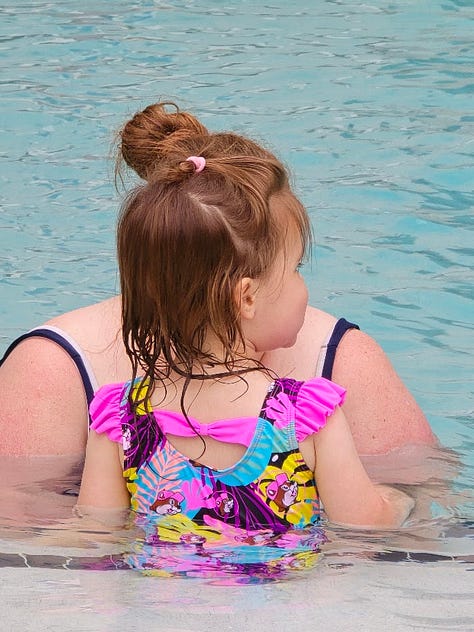

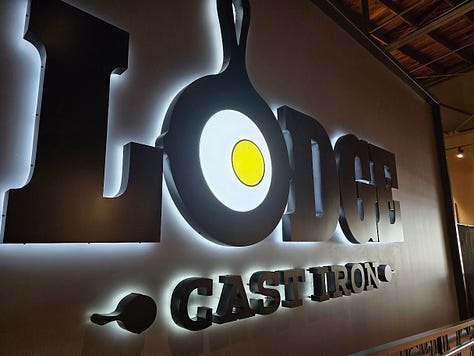
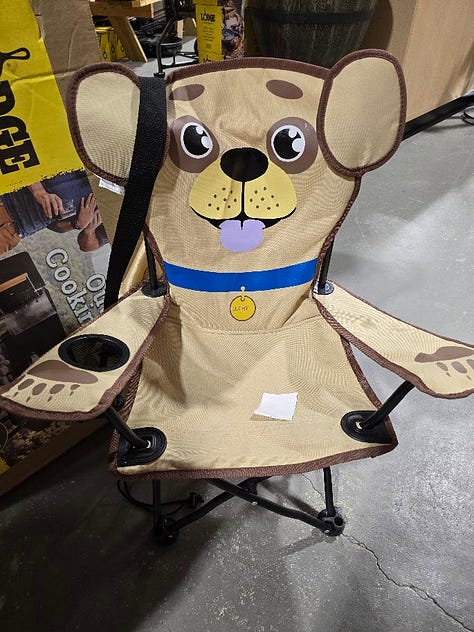
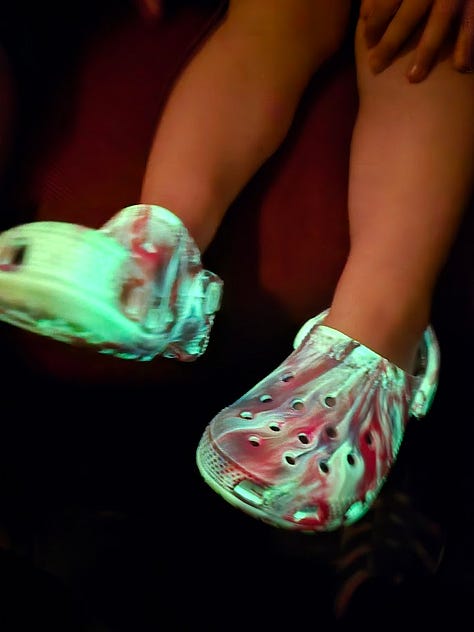
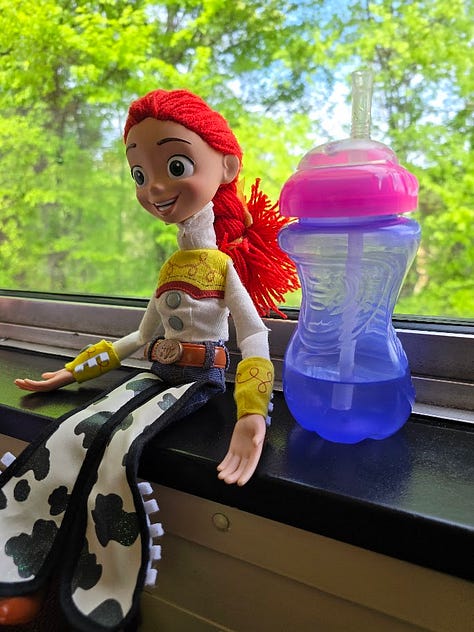
We stayed in downtown Chattanooga. In our two and a half days we managed to ride a steam train at the Tennessee Valley Mountain Railroad; buy cast iron seconds at the Lodge Factory Store; swim in the hotel pool; walk across the Chief John Ross Bridge (because the pedestrian bridge was closed for renovations) and didn’t realize until halfway across that it was a bascule bridge (what I call a drawbridge) so the planks in the middle section were particularly… challenging; watch some Bluey (of course) with our picnic suppers in our room; and go to the Chattanooga Zoo to see the new baby giraffe and expire in the heat. lol. Talk about a unity of opposites. There was even a ride on a carousel.
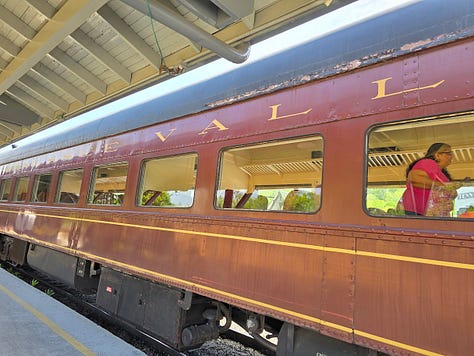

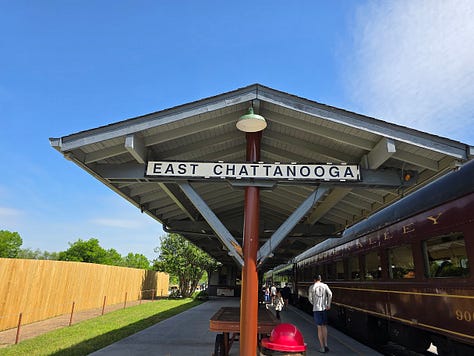
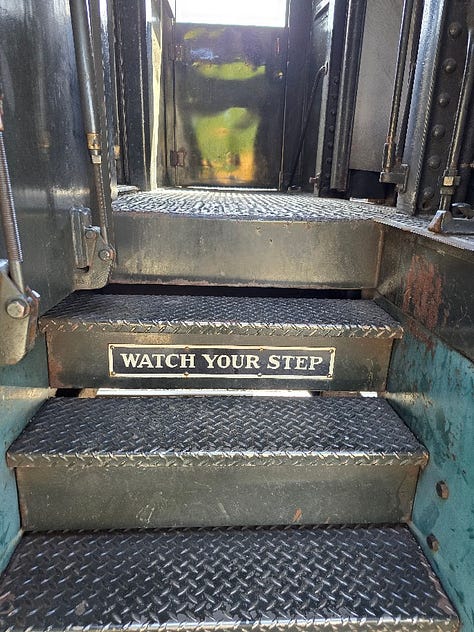
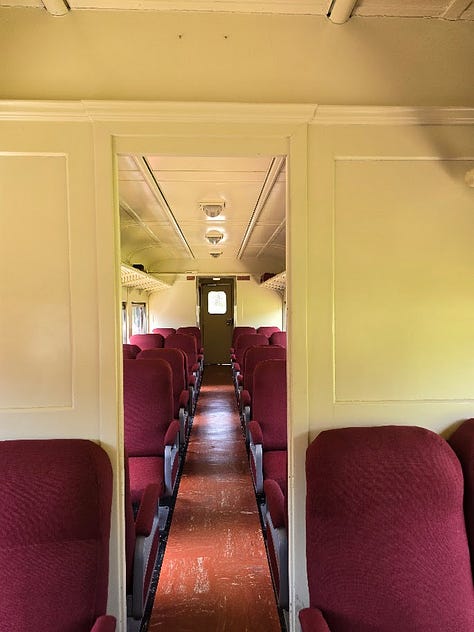
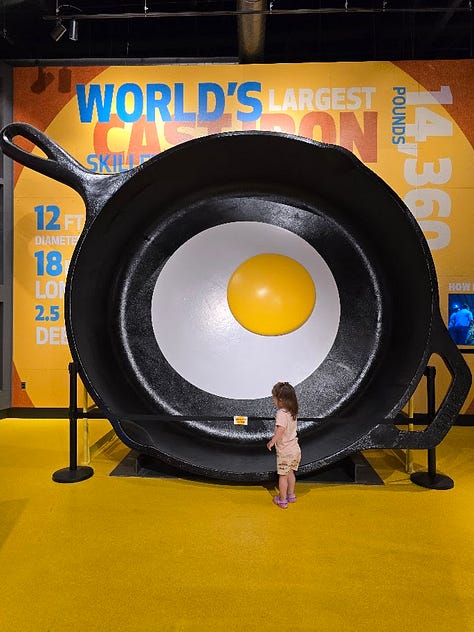
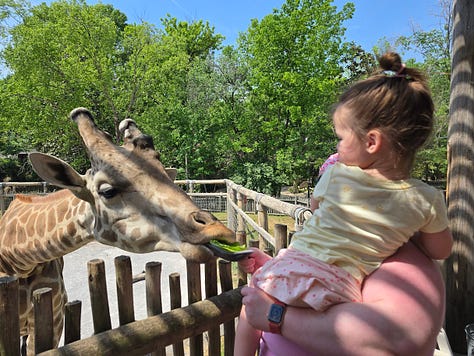

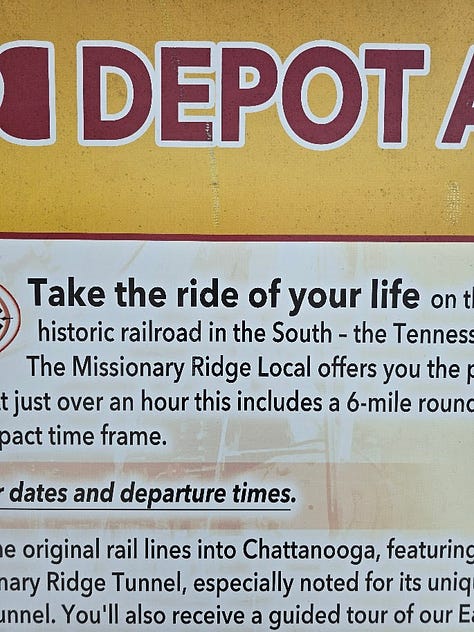
When we left one another to go home late on Sunday afternoon — me to the South and my two loves to the West — the Confederate cemetery beckoned to me, just 4 minutes away, and so I went. Another unity of opposites: the time with my girls and then time with the dead… two opposing forces or ideas that are not separate but interconnected and interdependent, that exist in a state of tension and mutual influence, on that same day, for me. Something like that.
The cemetery’s protective trees that gently shelter the slaughtered dead — another pair of symbiotic opposites — reminded me of the oak grove in the tiny town of Louin, Mississippi where my dad grew up, the town that becomes Halleluiah, Mississippi, in Love, Ruby Lavender, All-Stars, and Cakes (and Freedom Summer as well), and where I spent my growing-up summers. I felt embraced there.
My task ahead is to embrace that unity of opposites that existed long ago, both in my life and in the life of my story, marry the past with the unity of opposites that we live in today, and invite readers to make connections to their own lives and stories… to understand that we are not separate but are interconnected and interdependent, that we exist in a state of tension and mutual influence, that we can choose what that influence will be… we can make different choices.
I’m very glad to have a place I can write about this with you, as I write forward with Charlottesville. I’ll be back at my desk tomorrow. Thanks for coming along.
Books that encompass the unity of opposites we all live with, in family, in community, in history, within ourselves:
As I say every week, I hope you connect to your own home and place in history when you read and share these books. You can find out more about them at my website, here.
What about your own experiences with the unity of opposites? I could tell you about my Krispy Kreme experience in Dalton, Georgia on the way home — an excellent study in opposites and how they inform each other — but I’d rather hear about yours. I’ll have another accidental doughnut while you tell me all about it. :>
And that’s this week’s rumination, oration, delineation, occasion for pontification. We are heavy into spring now, and I hope to plant this week!
Tell me what you are up to in this last full week of April… I’ll chronicle the same in Notes or on IG or… I’m thinking of dusting off the blog for more personal stories, since Storybelly is more of a legacy project, but we’ll see. You’ll hear about it here, regardless.
xoxo Debbie


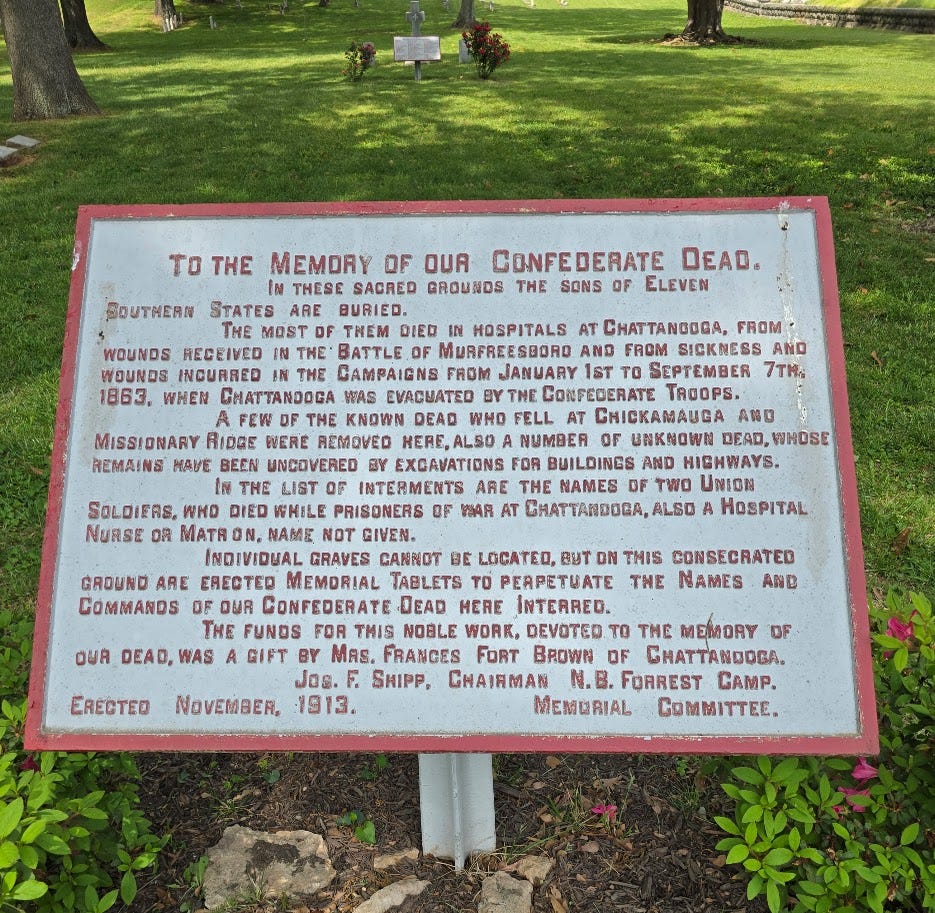
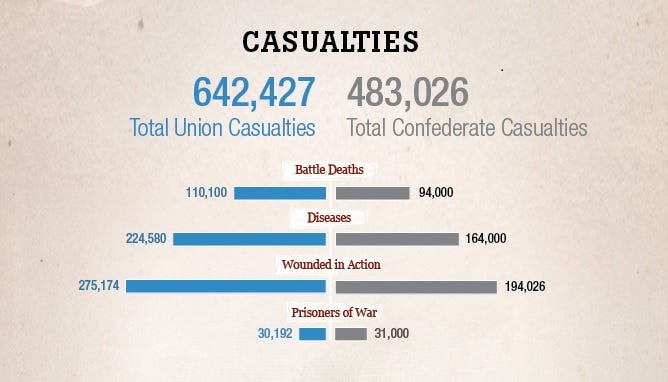
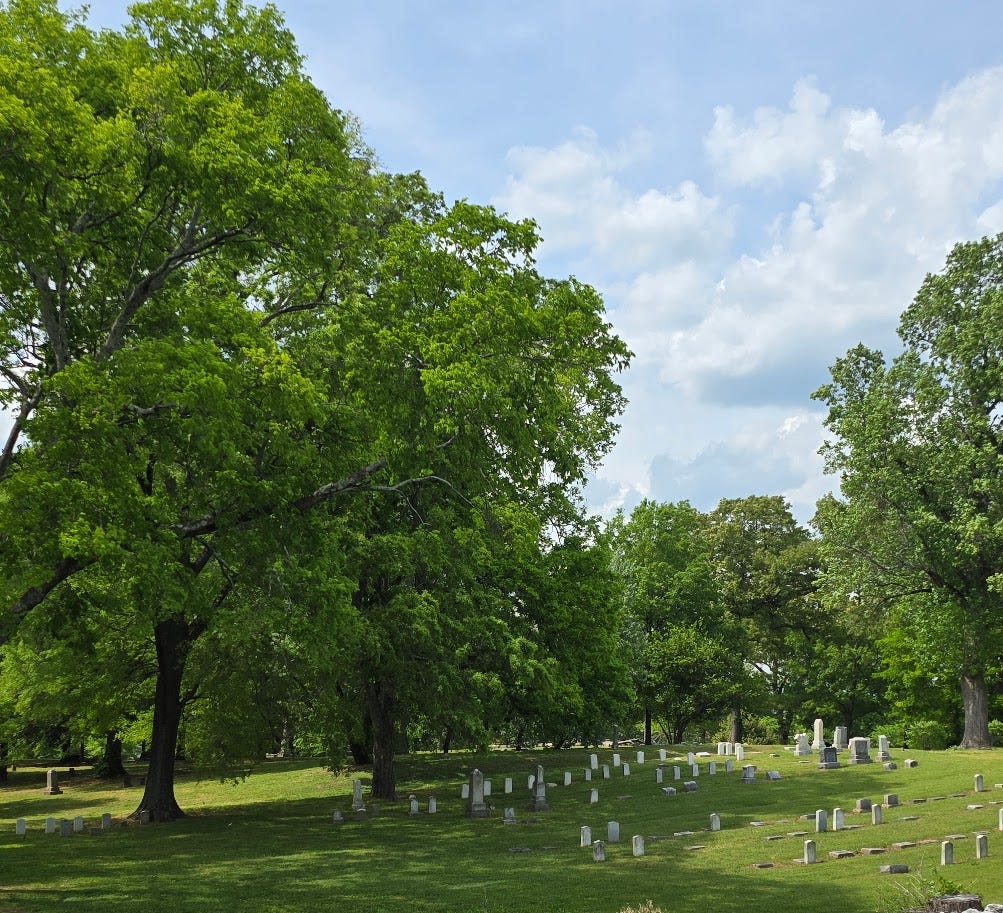




I’ve been baking a lot of bread lately, and the opposing forces of forming and rising versus breaking and consuming are on my mind. There is a recycling of energy that happens, which seems to unify the process.
I love this! The photos are great and the writing is so moving and thought-provoking (as always!) And I need to know more about the accidental donuts. This question comes to you from someone whose chocolate bunny doesn't have ears anymore. Hmm, I wonder how that happened!?